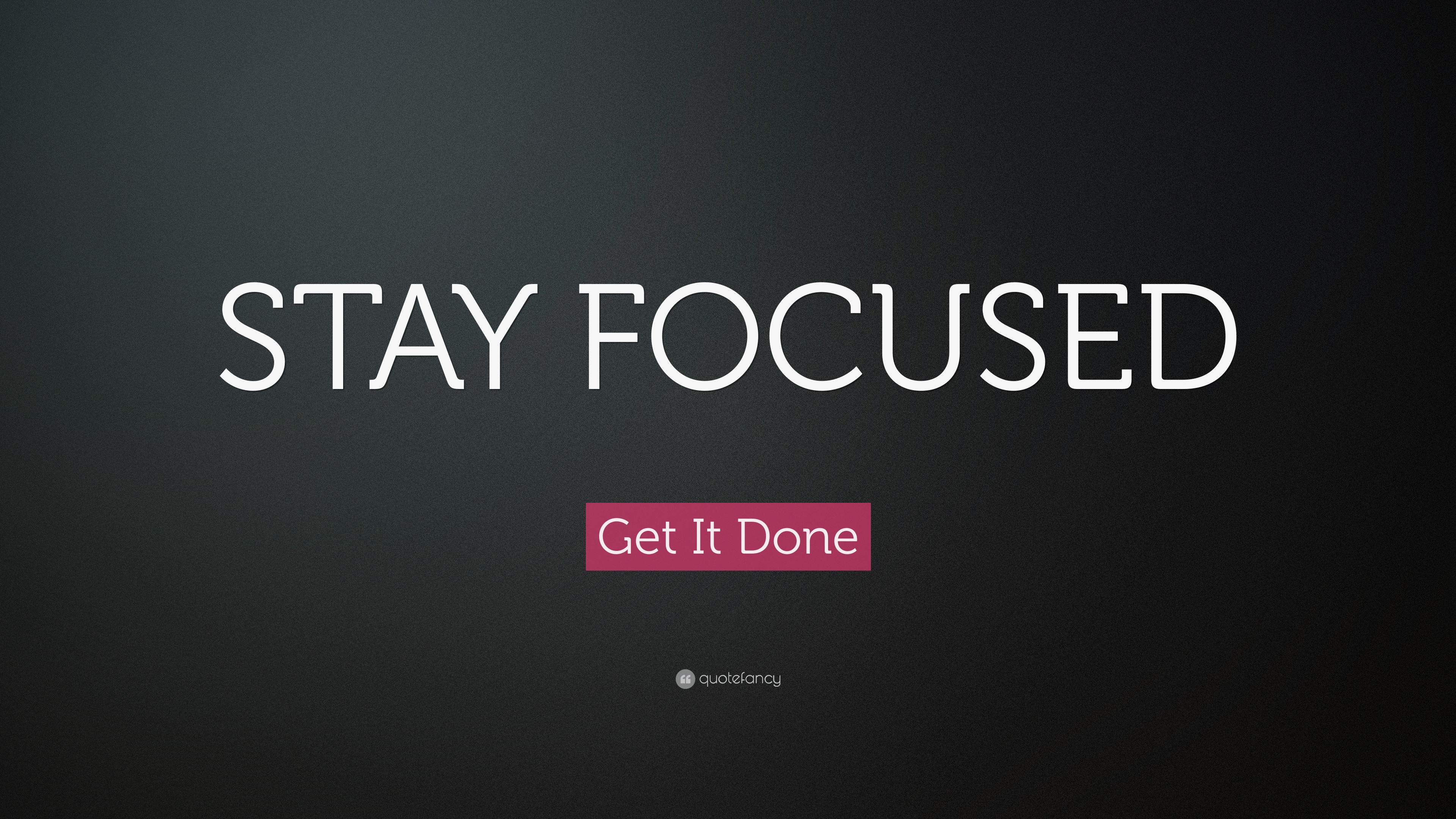

Leave focus mode and return to the dashboard or report by selecting either Exit focus mode, or Back to report (in the upper left corner of the visual). If you don't want Power BI to remember your modifications, select the Reset to default button. For a report visual, any modifications you make to the existing filters are saved when you exit Power BI. However, you can interact with the existing filters.įor a dashboard tile, your changes can't be saved. As a business user, you can't add new filters, change the fields being used in the visuals, or create new visuals. The Filters pane can be collapsed.Įxplore further by modifying the filters and looking for interesting discoveries in your data. Notice that you still have a Filters pane that you can use to interact with the visual. The visual opens and fills the entire canvas. To open a report visual in focus mode, hover over the visual and select the focus mode icon. To open a dashboard tile in focus mode, hover over a dashboard tile or report visual, select More options (.) and choose Open in focus mode. To exit full screen mode, select the Exit full screen icon.įocus mode is available for dashboards tiles and report visuals. In full screen reports, use these arrows to move between the pages in the report. Sometimes you don't care about scrollbars, but want the dashboard to fill the entire width of the available space. Use the Fit to page button to display your dashboard at the largest size possible without resorting to scrollbars. Full screen mode will persist until you exit out. If the previous page was a Power BI page, it too will display in full screen mode. Select the Back, Go back, or Back to report button to navigate to the previous page in your browser. Because full screen is available for such a wide variety of content, the navigation options vary. Once you're in full screen mode, navigate using either the menu bars at the top and bottom (reports) or the menu that appears when you move your cursor (dashboards and visuals). Your selected content fills the entire screen. To see a visual in full screen mode, first open it in focus mode and then select View > Full screen. To open a report page in full screen mode, select View > Full screen. To open a dashboard in full screen mode, select the full screen icon from the top menu bar. Working in full screen modeįull screen mode is available for dashboards, report pages, and report visuals. In the Power BI service, you can use focus mode on a dashboard tile or report visual. While in focus mode, a Power BI business user can interact with any filters that were applied when this visual was created. Maybe you have a dashboard or report that is a little crowded and you want to zoom in on only one visual.
Focus get fit stay full be focused for windows 10#
If you're using Power BI mobile, full screen is available for Windows 10 mobile apps.
Focus get fit stay full be focused tv#
This is sometimes referred to as TV mode. You get an unadulterated, full view of your content at a glance, all the time. In this example below, we started with a report (1), opened one of the visuals in focus mode (2) and then opened that same visual in full screen mode (3).ĭisplay your Power BI service content (dashboards, report pages, and visuals) without the distraction of menus and nav panes. Let's take a closer look at the similarities and differences. The main difference between the two is that full screen removes all the panes surrounding your content while focus mode allows you to still interact with your visuals.

This video might use earlier versions of Power BI Desktop or the Power BI service.įocus mode and full screen mode are two different ways to see more detail in your visuals, reports, and dashboards.


 0 kommentar(er)
0 kommentar(er)
